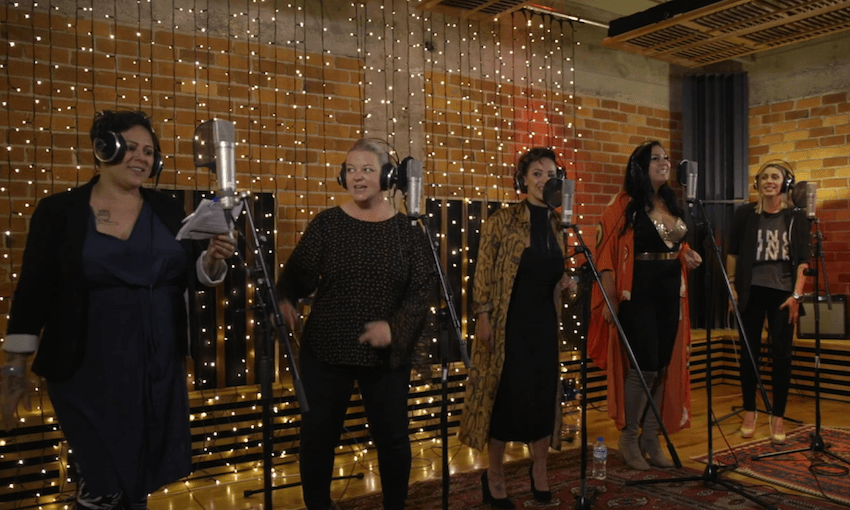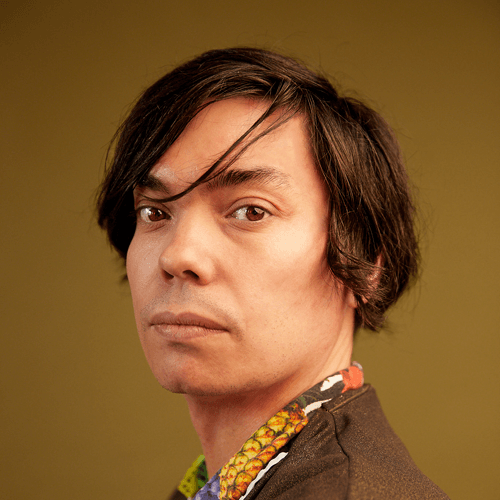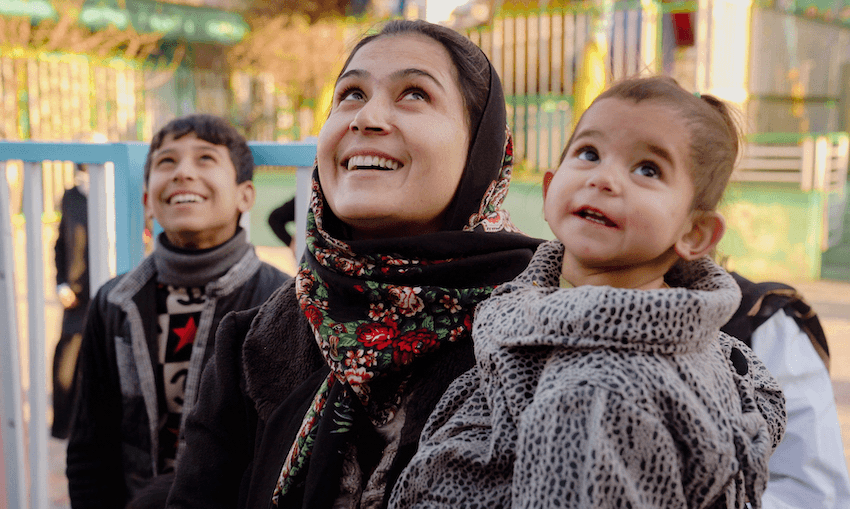Anika Moa Unleashed finished up its second season with its most coveted and triumphant get yet: a 20 year reunion of TrueBliss.
Okay, so it’s not all of TrueBliss. But one less Carly Binding and one plus Anika Moa is still a pretty damn good effort at a reunion.
I’m getting ahead of myself, though.
I’m on the record as being a huge fan of Anika Moa and Anika Moa Unleashed. The show has, time and again, proven her as one of our nation’s finest interviewers. In some ways, she’s the flipside of should-be-a-Dame Kim Hill. There’s a disarming frankness to her that has her interviewees saying more than they’d perhaps planned on saying. She makes the jokes that everybody knows are lingering, and deflates any tension in the room by naming them. It clears the air and makes things more comfortable for her, the interviewee and the audience.
However, I don’t even think Kim Hill could’ve pulled this off.
Case in point: Moa’s first interview in this TrueBliss two-parter is with Jo Cotton, arguably the most visible of the Blissers in the 20 years since the formation of the band. In the space of a few minutes, Moa gets Cotton to talk about her breasts, her Botox, and a frank discussion about the latter’s weight. It feels cathartic without feeling heavy and funny without making anybody the butt of any jokes.
This vibe continues with her interviews with the rest of the girls with the notable exception of Carly Binding, who doesn’t reply to Anika Moa’s onscreen phonecall. It’s later explained that Binding hasn’t been interested in any of the group’s reunion efforts, which is handled with remarkable chillness and diplomacy by both the band and Moa – nobody’s here to rekindle drama that’s long burnt down to ash.
As for the rest of the band? Erika Takacs is a production coordinator for her husband’s stunt company, Megan Cassie has done some presenting in Japan, and Keri Harper… isn’t given her own interview segment, but her voice is still fantastic. When Anika interviews the four women together, you get the feeling that these people are friends and have a sense of humour about their experiences, especially their one-time ubiquitous fame.
The most disarming and heartwarming part is when the band receives testimonials from famous New Zealanders. There’s Jeremy Wells, Stacey Morrison, Robert Rakete, ZM’s Fletch and Vaughn, and even Prime Minister Jacinda Ardern. They’re genuinely moved and excited about them with a grace I hope any of us would have were we to ever become famous.
In saying all this, a true star is one who knows when to take focus and when to let others take centre stage. Part of what keeps Anika Moa Unleashed a vibrant and lively show is that Moa (and, it has to be said, the team around her) knows when to forefront her humour and when to let it step into the background.
Her arguments with Siri (like about how to pronounce Tāupo) and her side comments (like when she approaches Takacs’ Remuera house and notes about the cars, ‘Probably married, married money’) are peppered throughout. There’s a reason why she’s hosting this show, and it’s because she can do every part of the job better than more or less anybody in this country can. She can host, she can interview, she can joke, and she can pull the human out of even the most media-trained shell of a person.
Which is why, despite the refreshing candidness of these two episodes which is a common factor throughout the entire Unleashed series, the real triumph is what the show does with the ending.
These episodes had every chance to be a shame-tour: to make fun of a band that exists as a funny memory for a lot of New Zealanders, to drag four women who were the most famous women in the country for a hot minute and promptly forgotten since then. Instead, it’s a chance for TrueBliss to reclaim their narrative, to show that their lives didn’t stop or go off the rails after the dissolution of the band. Instead, they continued to be people.
It also reminds us what made them special in the first place with the second episode ending with an acoustic version of their number one hit ‘Tonight’. These women can sing. These women have charisma. They’re performers. They won a damn TV show!
With Anika Moa taking the place of Carly Binding, it could’ve been a chance for her to upstage them, or make fun of their song, or make fun of them as performers. Instead, she’s there singing with them and supporting them. She cedes the spotlight of her own show over to her guests as she does in every episode. But in the moment, it feels like an act of grace, and it’s a beautiful one.
For three minutes, it hands control of TrueBliss’ public narrative back over to the women who’ve owned their private narratives for two decades. Anika Moa Unleashed has excelled in giving celebrities a chance to own their own running jokes and public mishaps, but in the last moments of this season, it allows four women to publicly own their own second act.
It’s an achievement that’s more than just heartwarming: it’s downright commendable. Give it a third season, a fourth season, and put Anika Moa on our screens more often.
You can watch all two seasons of Anika Moa Unleashed on TVNZ on Demand right here.





